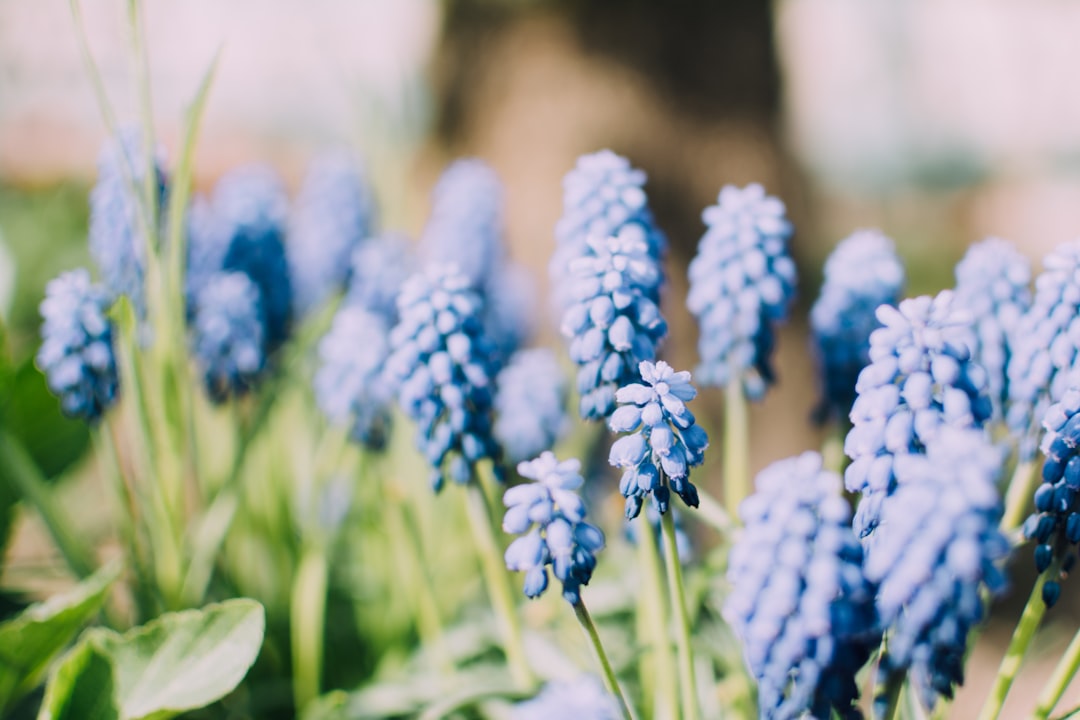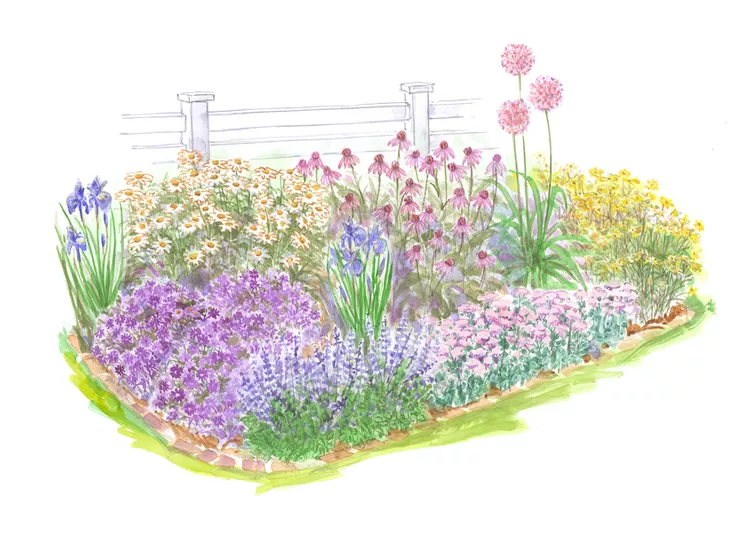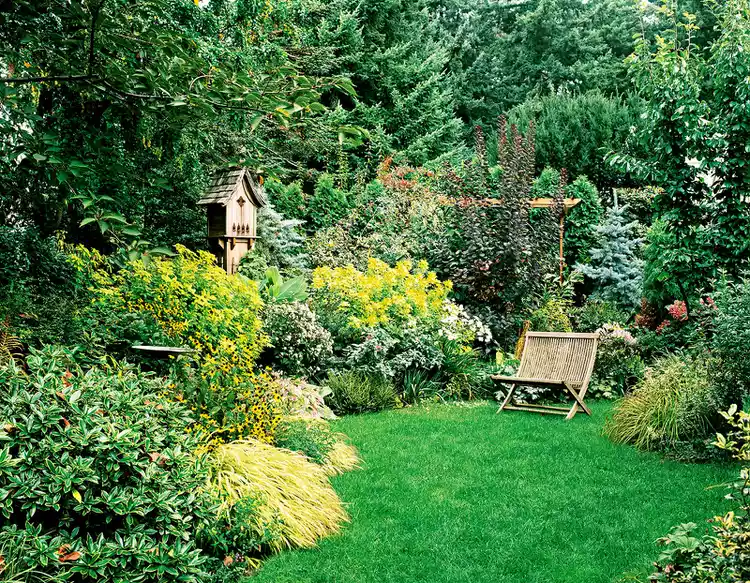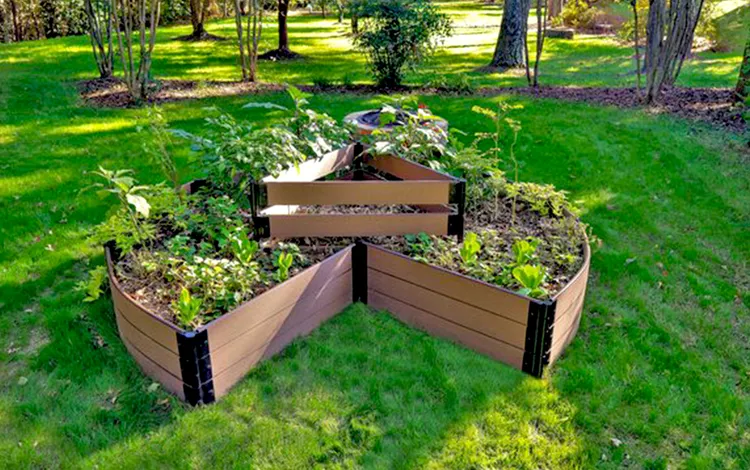When it comes to gardening, there's always something new and exciting to try. One such innovative method that has gained popularity in recent years is the upside - down tomato planter. This unique approach not only adds a fun and quirky element to your garden but also offers several practical benefits for growing tomatoes.
First, let's talk about the best containers for an upside - down tomato planter. You can use a variety of items, but some are more suitable than others. One of the most common choices is a specialized upside - down tomato planter kit. These kits are designed specifically for this purpose, with a hole at the bottom for the tomato plant to grow through and a reservoir at the top to hold water and nutrients. They often come with instructions on how to set them up properly.
Another option is to repurpose a large plastic bucket. Make a hole in the bottom of the bucket, big enough for the tomato plant's root ball to fit through. You'll also need to drill some drainage holes near the top of the bucket to prevent waterlogging. This DIY approach is cost - effective and allows you to customize the size and appearance of your planter.
Now, let's consider the types of tomatoes that are best suited for upside - down growing. Determinate tomato varieties are generally a good choice. These tomatoes grow to a certain height and then stop, making them more manageable in a confined space like an upside - down planter. Some popular determinate varieties include Roma tomatoes, which are great for making sauces, and Celebrity tomatoes, known for their disease resistance and high yields.
Indeterminate tomato varieties can also be grown upside - down, but they require a bit more care. These tomatoes continue to grow and produce fruit throughout the growing season, so you'll need to provide adequate support and pruning. Varieties like Beefsteak tomatoes, with their large, juicy fruits, can be a rewarding choice if you're willing to put in the extra effort.
Once you've chosen your container and tomato variety, it's time to plant your tomatoes. Start by filling the container with a high - quality potting mix. Make sure the mix is well - drained and rich in organic matter. Gently remove the tomato plant from its original container and place it through the hole in the bottom of the planter, with the roots facing down. Fill the rest of the container with potting mix, pressing it gently around the plant to secure it in place.
Caring for your upside - down tomato plants is crucial for a successful harvest. Watering is one of the most important aspects. Since the plants are growing upside down, they may dry out more quickly than traditional plants. Check the soil moisture regularly and water when the top inch of soil feels dry. You can use a watering can or a drip irrigation system to ensure the water reaches the roots effectively.
Fertilizing is also essential. Use a balanced fertilizer, such as a 10 - 10 - 10 or 14 - 14 - 14 formula, every few weeks during the growing season. Follow the instructions on the fertilizer package for the correct application rate. This will provide the necessary nutrients for healthy plant growth and fruit production.
Pruning is another important task. Remove any suckers that grow in the axils of the leaves. Suckers are small shoots that can divert energy from the main plant and reduce fruit production. You can also prune any yellow or diseased leaves to keep the plant healthy.
Finally, keep an eye out for pests and diseases. Common tomato pests include aphids, whiteflies, and tomato hornworms. You can use natural pest control methods, such as introducing beneficial insects like ladybugs or using insecticidal soaps. For diseases, make sure to provide good air circulation around the plants and avoid over - watering, as this can lead to fungal diseases.
In conclusion, growing tomatoes upside down can be a fun and rewarding experience. By choosing the right container, tomato variety, and following proper care techniques, you can enjoy a bountiful harvest of delicious tomatoes. So, why not give upside - down tomato gardening a try this growing season?




















